This article was written by Nina Eddinger and published in the Borgen Magazine Good News section on 17 August 2021.
About 2.2 million people in Mali live with a disability. In lower-income countries like Mali, a main struggle the disabled community faces is education. Roughly 19 million children with disabilities do not attend school. Those that do receive the opportunity to attend school still face many obstacles. Current educational systems do not provide those with disabilities the proper resources to ensure that they don’t get left behind. The continuous struggle for equal education for children with disabilities, especially visual disabilities, needs to be addressed.
In Mali, only around 500 students with severe visual impairments are currently attending special schools meant to assist with disabilities. Mali’s three special schools located in main cities are tailored specifically to blind children and serve as resource centers in support of inclusive access. Further efforts to eliminate educational barriers for children with disabilities in Mali are being taken by organizations like Sightsavers.
Hurdles to Inclusive Education
Those with disabilities often face harsh challenges, such as discrimination and prejudice. People who cannot contribute to the community are often seen as a blight on a family’s honor. Furthermore, their disabilities are often blamed on a family’s supposed wrongdoing. Youssouf Diakité is the founder and principal of a school near Bamako that is tailored to teach both blind and sighted students. Diakité told the FRANCE 24 Observers team that “in Mali, like in other countries in the region, these children are often seen as a burden for their families, who think they will never succeed in life.”
Lack of awareness and exclusion are other obstacles the disabled community faces, especially disabled children. Oftentimes, families will hide their disabled family members from the rest of the community. This can result in stigmas, such as misunderstandings that disabled children are generally incapable. These views result in more children not attending school. Among children with disabilities in low- to middle-income countries, 40% don’t attend primary-level school and 55% don’t attend secondary-level school.
Sightsavers in Mali
Sightsavers is a U.K. organization focused on advocating for equal rights and access in the disabled community. In 1991, Sightsavers began working in Mali and has been involved in progressing inclusive education in the country. The organization combats blindness in Mali by training eye specialists and health workers, offering eye health consultations for schoolchildren and recruiting volunteers from the community to distribute necessary medications.
Sightsavers has also teamed up with the USAID to spearhead a new program guiding primary schools across the country in translating the local language of Bamanankan into braille. Bamanankan is spoken by approximately 80% of Mali’s population but has never been translated into braille for those who are visually impaired. Sightsavers’ project, launched by linguistic expert Dr. Issiaka Ballo, has become a major part of an inclusive education program designed for students with visual impairments. Blind and visually impaired children will now receive braille-associated materials, promoting equality among disabled and able-bodied students in education. This project will also allow children to be enrolled in schools where the main language is Bamanankan.
Sightsavers has also focused on adapting the national early grade reading assessments (EGRA) into Bamanankan braille. Further, the University of Birmingham in the U.K. partnered with Sightsavers to develop standardized tests. This will allow children with disabilities, previously barred from the system, to take the same reading tests provided to their peers. Teachers will then be able to analyze children’s literacy needs based on the test results, allowing for more developed strategies and systems to be put in place.
Preserving Language and Culture
The translation of Mali’s local language into braille is a huge step forward for inclusive education. It is a push to provide the resources necessary for disabled students to thrive in an educational environment. Laurène Leclercq, global technical lead for education at Sightsavers, says that “it is very rare to see local languages translated to braille, but it makes a huge difference to ensuring that children are included in education and that people have access to their own culture and expression.”
As of 2019, Sightsavers’ project has had significant impacts on the availability of inclusive education for disabled children. Since its immersion into the inclusive education sector in 2005, the organization has:
- Enrolled 252 visually impaired children in schools
- Provided 75 braille paper reams, frames and slates, two braille printers, 75 styluses and three TV monitors to visually disabled children
- Given 252 children a UMAV card, exempting them from any school fees because of their disability
- Given prescription glasses to 301 children with low vision quality
- Provided 1,004 updated learning and teaching materials
- Trained 57 school administrators and teachers to provide better educational inclusivity
Because of this project, visually impaired children can now partake in educational systems that were previously unavailable to them. The preservation of language and culture is vital for a child’s sense of community and identity. It allows for a sense of pride in the child regarding their country and themselves.
Future Projects
Sightsavers plans to build on the translation project’s successes by revising the EGRA to include children with hearing impairments. It also aims to assure that the national mathematics test is available for children with disabilities. With continued efforts, Sightsavers hopes that the number of disabled children being educated in mainstream schools will continue to increase. The organization also hopes that the translation of Bamanankan into braille will set a precedent for more texts and languages to be transcribed into braille and made available to children with visual impairments. Elie Kamate, the Sightsavers Country Director for Mali, says that by translating local languages into braille they “can send a message to the world about what is possible for children with disabilities if they are given the opportunity to learn.”

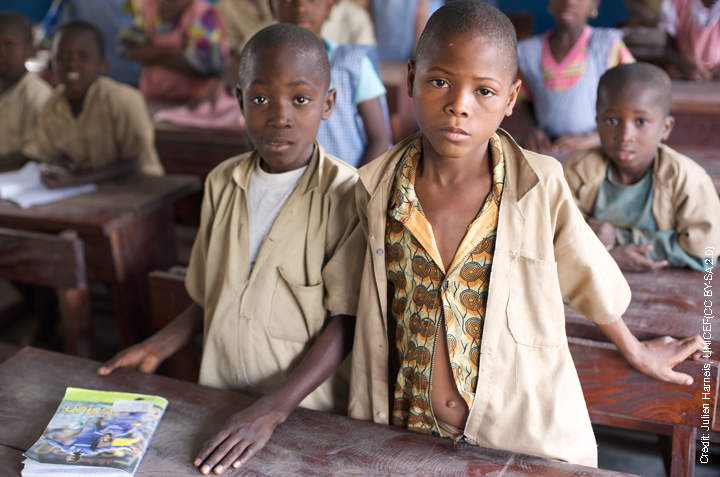
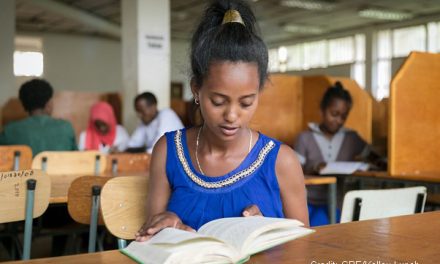
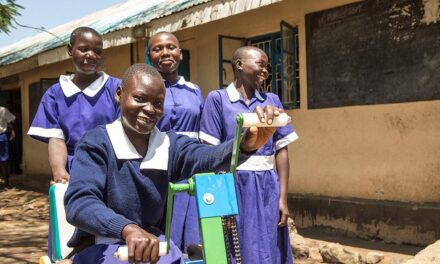
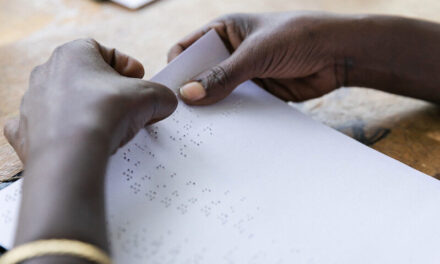
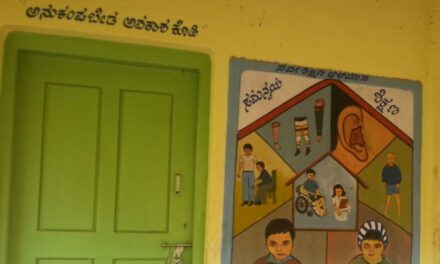
Interesting article. Is there any further information on the ‘1,004 updated learning and teaching materials’? Many thanks.